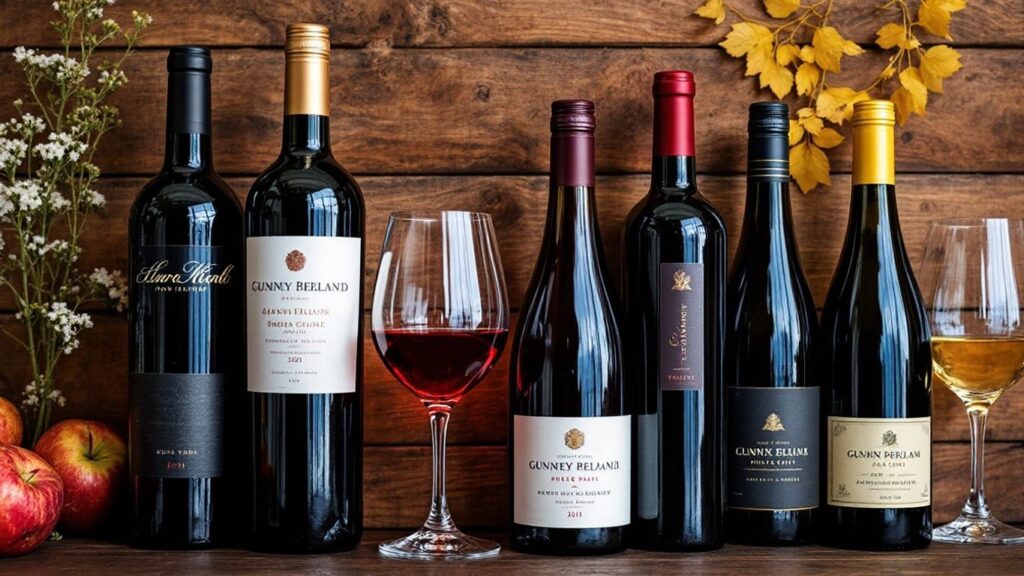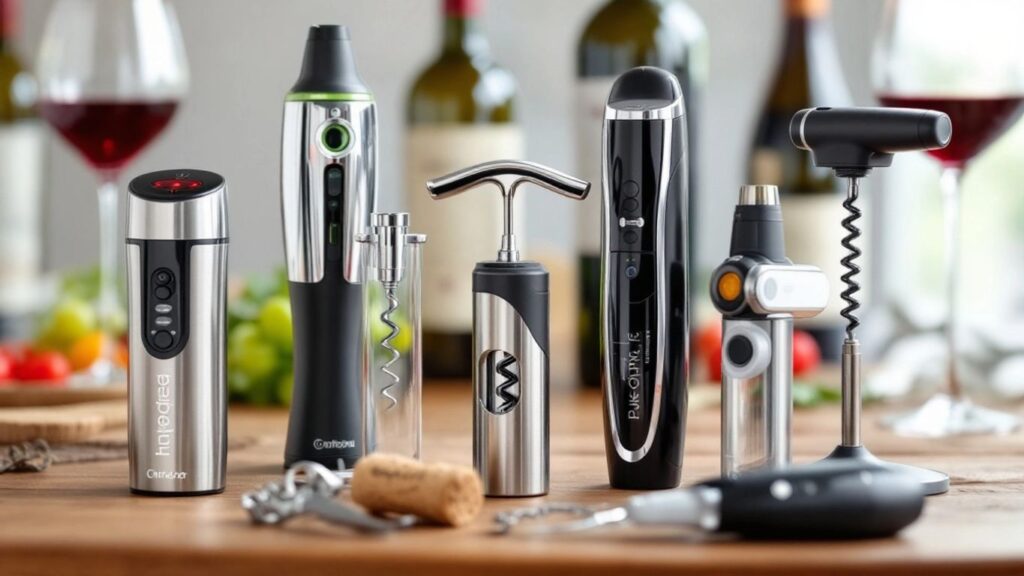Rosé wine has become increasingly popular in recent years. Many wine enthusiasts love its refreshing taste and versatile nature. From light and crisp to bold and fruity, there’s a rosé for every palate.
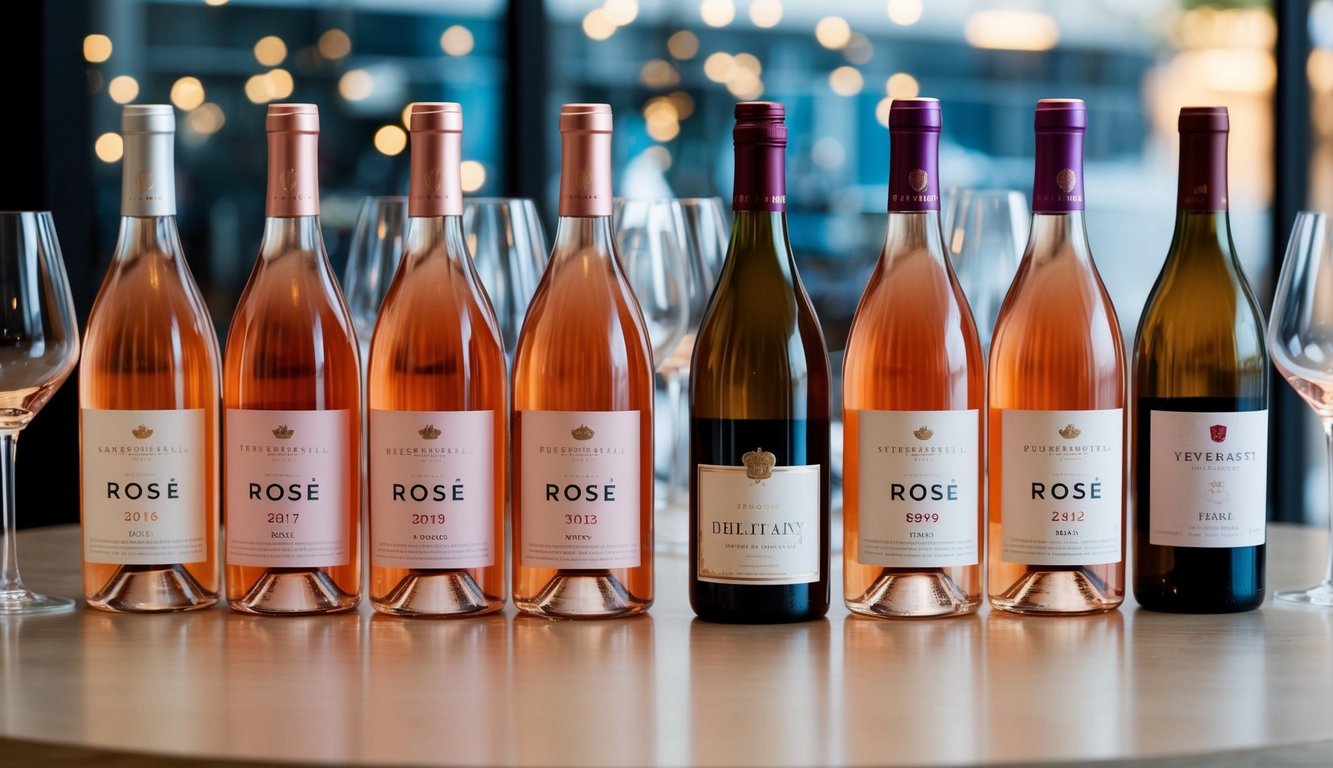
Choosing the right rosé can be tricky with so many options available. The top rosé wine brands offer a range of flavors and styles. Each brand provides a unique drinking experience. Whether you prefer a dry French rosé or a sweeter California blend, this list will help you discover new favorites to enjoy.
1) Whispering Angel
Whispering Angel is a popular rosé wine that you’ll likely enjoy. It comes from the Château d’Esclans winery in Provence, France. This wine has gained a reputation for its light, refreshing taste.
Whispering Angel has a pale pink color with a delicate flavor profile. It offers notes of strawberry and citrus, making it perfect for sipping on warm days.
The 2022 vintage of Whispering Angel scores an impressive 8/10. Its mellow and fresh qualities have made it a favorite among rosé enthusiasts.
Whispering Angel is part of a larger family of rosés. You can also try The Palm, which is more affordable at $15. For a luxurious option, there’s Garrus, priced at $100.
Whispering Angel is versatile and pairs well with light dishes. Its crisp taste and subtle flavors make it a great choice for both casual gatherings and special occasions.
2) Miraval Rosé
Miraval Rosé is a wine you’ll want to add to your summer sipping list. This elegant rosé hails from the beautiful Provence region of France.
You might recognize the Miraval name from its celebrity connections. The wine brand was once owned by Brad Pitt and Angelina Jolie. Now, Brad Pitt and the Stoli Group share ownership.
The taste of Miraval Rosé won’t disappoint. It offers a crisp and fresh flavor profile that’s perfect for warm days. You’ll notice hints of citrus and raspberries in every sip.
This wine has earned praise from experts. It was one of the first rosés to make Wine Spectator’s Top 100 list. Wine Enthusiast also ranked it among the top Provence rosés.
You can expect to pay around $24-$28 for a bottle of Miraval Rosé. While it’s not the cheapest option, many find it worth the price for its quality and reputation.
Pair this rosé with light summer dishes. It goes especially well with shellfish and other seafood options.
3) Château d’Esclans
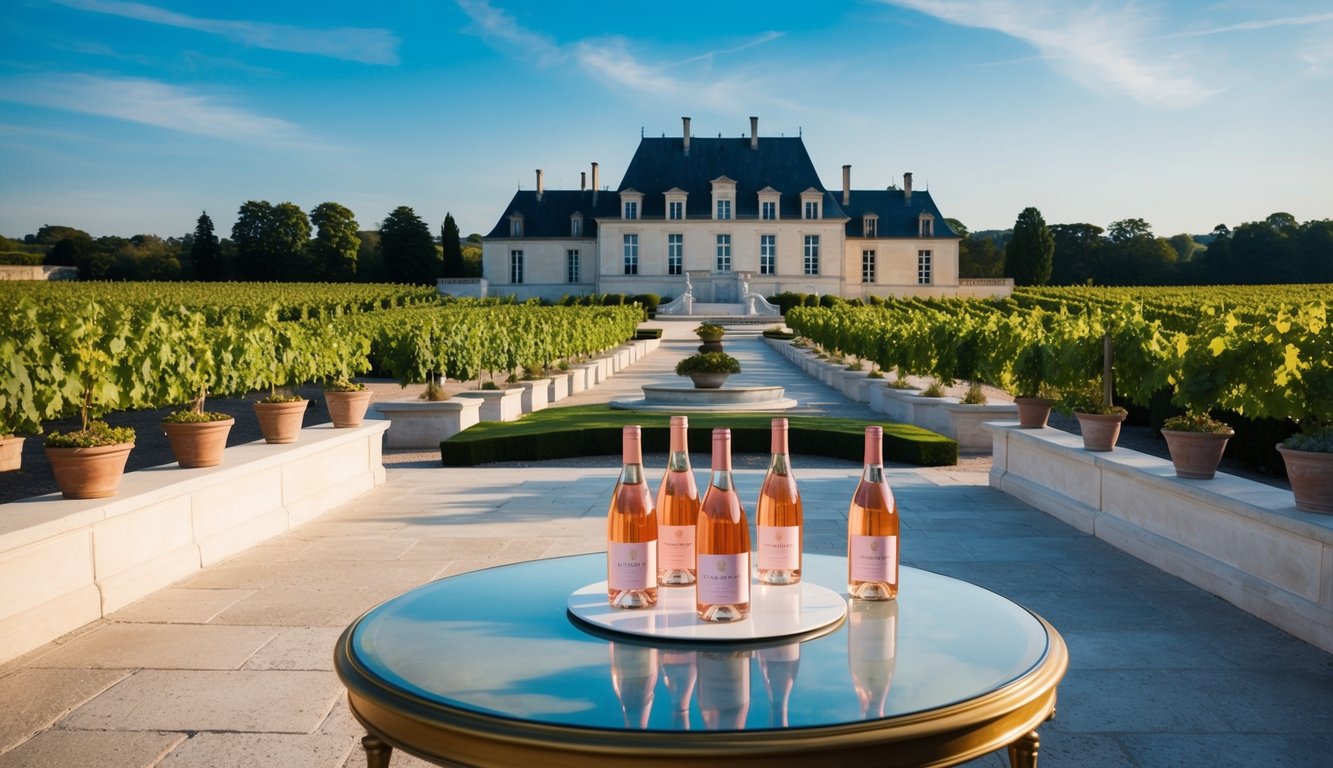
Château d’Esclans is a must-try for rosé lovers. Located in the heart of Provence, this winery has gained fame for its high-quality rosé wines.
You’ll find a range of rosés to suit your taste. Their most popular offering is Whispering Angel, known for its crisp, refreshing flavor. It’s perfect for sipping on a warm day.
For a more premium experience, try Les Clans or Garrus. These wines showcase the winery’s expertise in crafting complex, elegant rosés.
Château d’Esclans uses traditional Provençal grape varieties like Grenache and Cinsault. Their wines often have hints of fresh fruit and a subtle minerality.
You can enjoy these rosés with a variety of foods. They pair well with light dishes, seafood, and even spicy cuisine. Don’t hesitate to serve them at your next dinner party or summer gathering.
4) Bieler Père et Fils
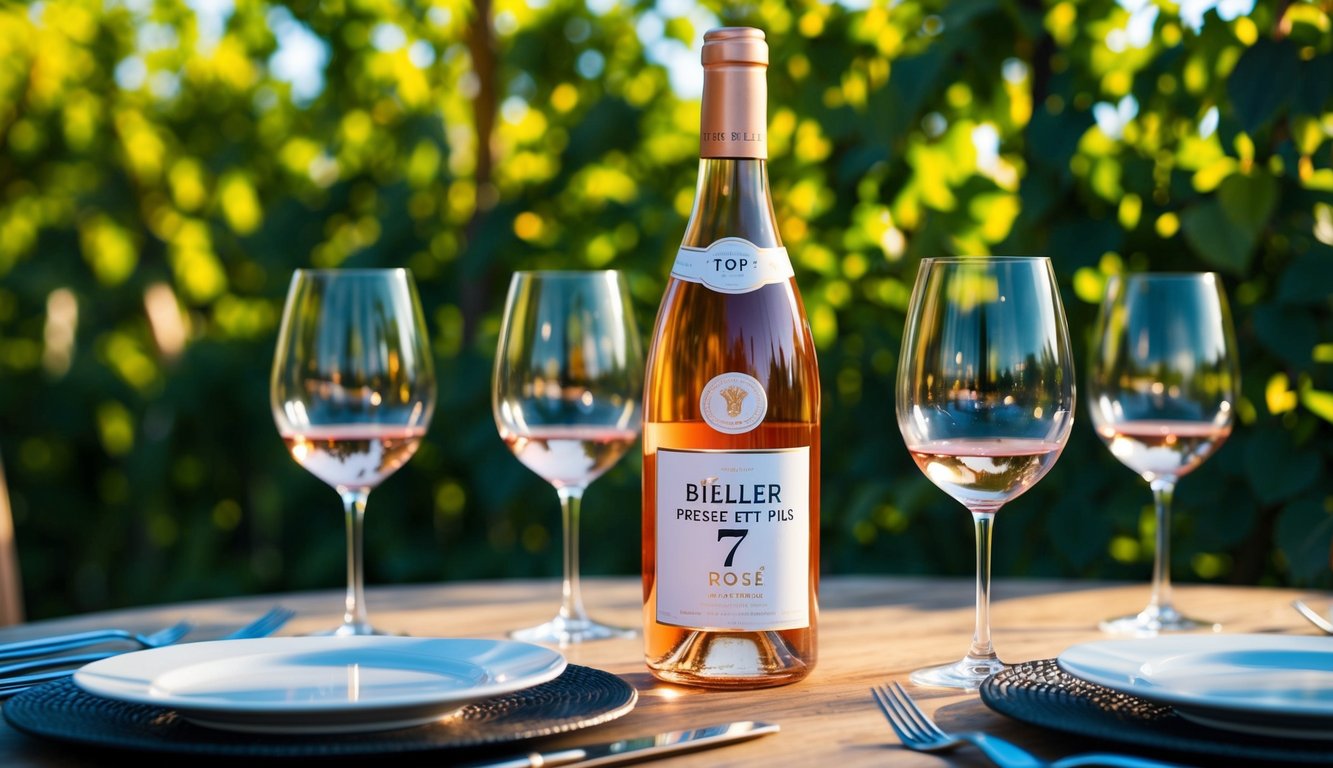
You’ll love Bieler Père et Fils for their commitment to quality rosé wines. This family-owned winery has a rich history in Provence, France, dating back to the early 1990s.
Philippe Bieler, the founder, started making rosé nearly 30 years ago. His passion for winemaking has been passed down to his children, who now carry on the family tradition.
Bieler Père et Fils offers a range of delightful rosés that capture the essence of Provence. Their Sabine Rosé is a standout, featuring a blend of Grenache and other local grape varieties.
You’ll appreciate the crisp, refreshing flavors and elegant aromas in their wines. The Bieler family’s dedication to craftsmanship shines through in every bottle.
Their Bandol Rosé is another must-try. It showcases the unique terroir of the Bandol region, known for producing some of Provence’s finest rosés.
When you choose Bieler Père et Fils, you’re not just enjoying a great wine. You’re also supporting a family’s passion and expertise in rosé winemaking.
5) Château Minuty
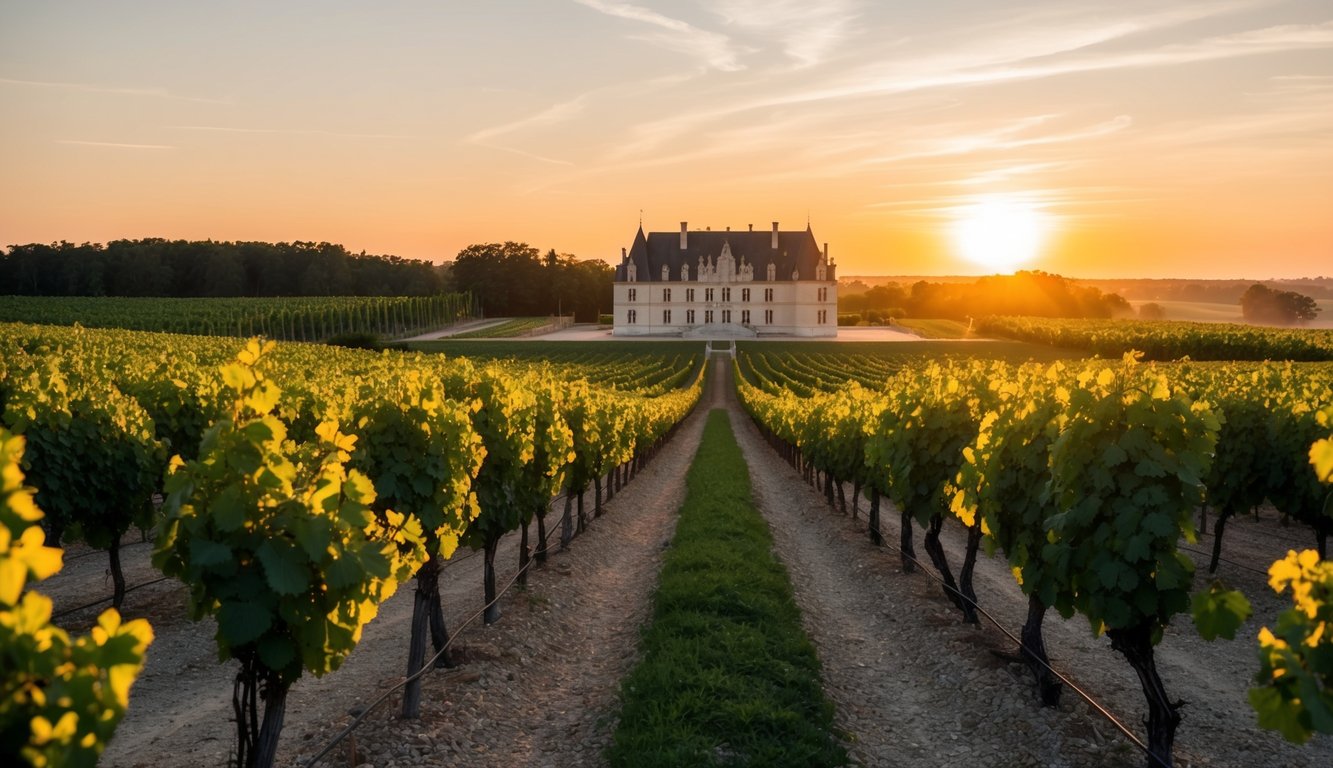
Château Minuty is a name you’ll want to remember when exploring rosé wines. This family-owned estate in Côtes de Provence has become a global leader in producing high-quality rosés.
You’ll find Château Minuty’s wines to be elegant and refreshing. Their rosés often feature a delightful blend of Grenache, Syrah, and Cinsault grapes, creating a well-balanced flavor profile.
One standout bottle is the Minuty 281. When you open this wine, you’ll be greeted by aromatic waves of juicy peaches. It’s a sensory experience you won’t soon forget.
For a classic choice, try the Prestige Rosé. This wine embodies the mineral-tinged character that Provence rosés are known for.
You’ll want to serve Château Minuty rosés chilled, ideally between 8-10°C (46-50°F). This temperature brings out their best flavors and aromas.
6) Moët & Chandon Rosé Imperial
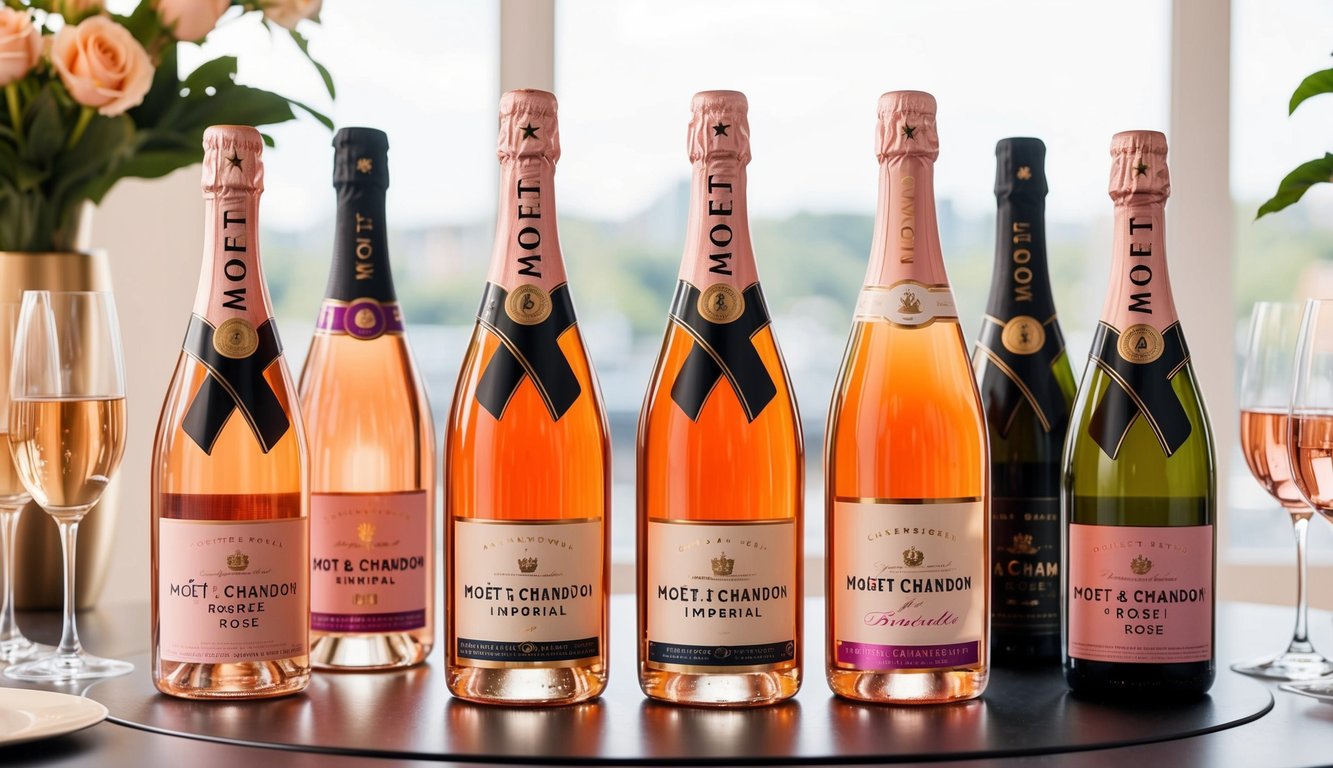
Moët & Chandon Rosé Imperial is a champagne you’ll want to try. It’s made by one of the most famous champagne houses in France.
This bubbly wine has a beautiful pink color. You’ll notice hints of red fruits and a touch of spice when you smell it.
When you take a sip, you’ll taste strawberries, raspberries, and a bit of peach. The flavor is lively and intense.
Moët & Chandon uses a mix of three grape types to make this rosé. They blend Pinot Noir, Chardonnay, and Pinot Meunier grapes.
You can drink this champagne on its own or with food. It goes well with many dishes, from appetizers to main courses.
Rosé Imperial is great for special events. But you don’t need to wait for a big party to enjoy it. It’s perfect for any time you want to add some sparkle to your day.
This champagne is widely available. You can find it in many wine shops and online stores.
7) Josh Cellars Rosé
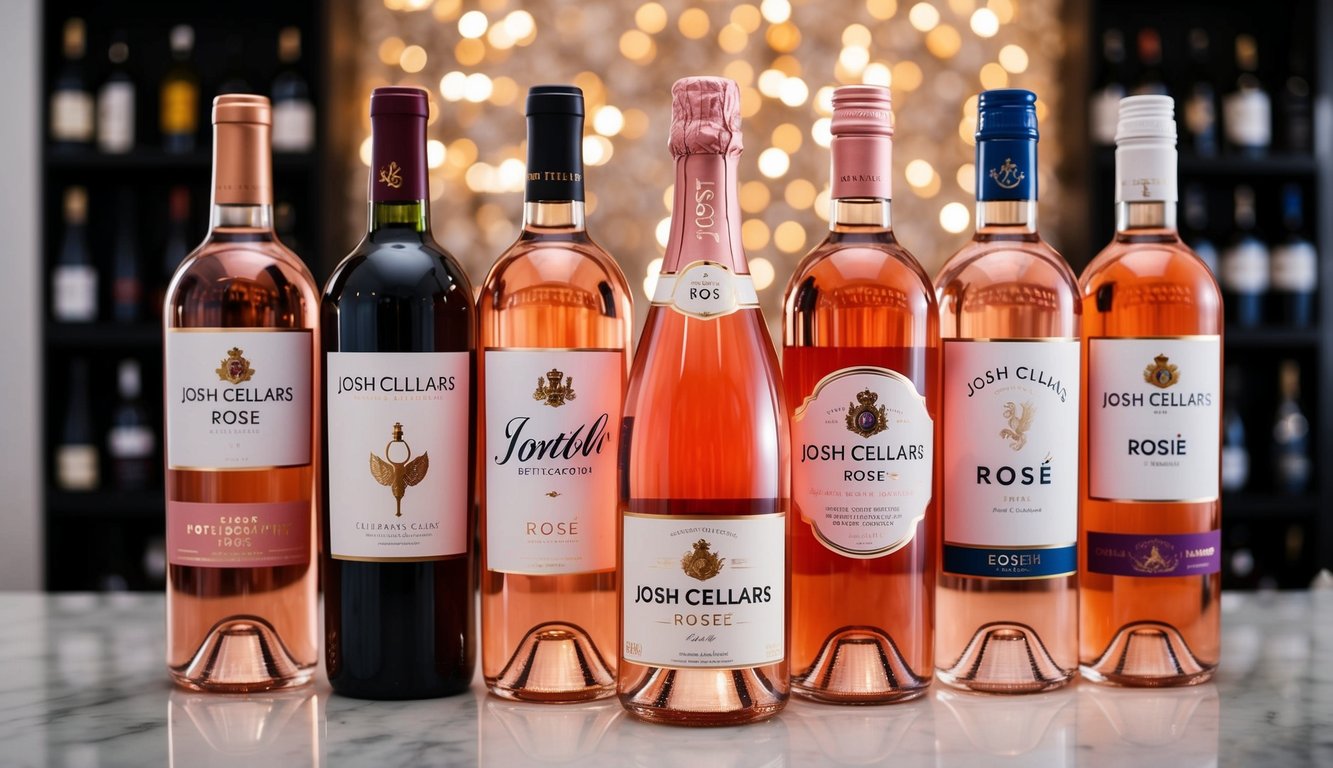
Josh Cellars offers a delightful rosé that’s perfect for warm summer evenings. This California wine brings a fresh and crisp taste to your palate.
The Josh Cellars Rosé features bright citrus notes that make it refreshing and easy to drink. You’ll enjoy its light-bodied character and vibrant flavors.
This rosé pairs well with a variety of foods. Try it with light salads, grilled chicken, or seafood dishes. It’s also great for sipping on its own while relaxing outdoors.
Josh Cellars’ commitment to quality shines through in this wine. They carefully select grapes to create a balanced and elegant rosé that wine enthusiasts appreciate.
You can find Josh Cellars Rosé at many wine shops and online retailers. It’s often priced affordably, making it a great choice for casual gatherings or as a thoughtful gift.
History and Evolution of Rosé Wines
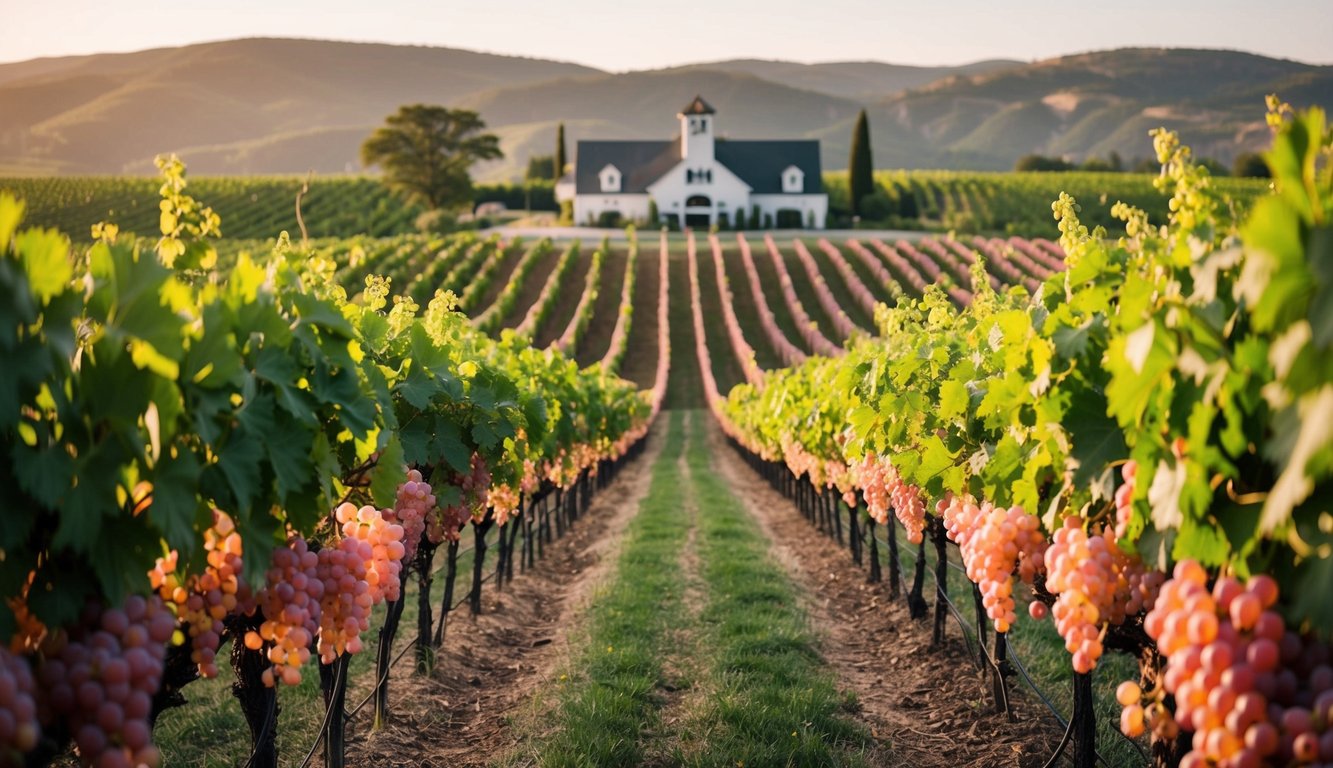
Rosé wines have a rich history dating back thousands of years. Their journey from ancient times to modern popularity is marked by ups and downs, influenced by cultural shifts and winemaking innovations.
Origins and Development
Rosé wine’s roots trace back to ancient Greece and Rome. The Greeks and Romans often made light-colored wines by mixing red and white grapes. These early rosés were popular due to their refreshing taste and lower alcohol content.
In the Middle Ages, rosé gained fame in the Provence region of France. Monks perfected rosé production techniques, leading to its widespread popularity. By the 18th century, European nobility had made rosé their favorite.
The 20th century saw a decline in rosé’s reputation. Brands like Mateus and Lancers introduced sweet, mass-produced rosés that damaged the wine’s image. This led to a period where rosé was often seen as a low-quality option.
Modern Trends Influencing Rosé
In recent decades, rosé has experienced a remarkable comeback. Improved winemaking techniques have resulted in higher-quality rosés, ranging from bone-dry to slightly sweet. The wine’s versatility has made it a year-round favorite.
Social media has played a big role in rosé’s resurgence. Instagram-worthy pink hues and catchy phrases like “rosé all day” have boosted its popularity among younger drinkers. Celebrity endorsements and rosé-focused events have further fueled its trendy status.
Today, rosé is produced worldwide. You can find excellent options from traditional regions like Provence, as well as new world producers in California, Australia, and South Africa. The variety of styles available ensures there’s a rosé for every palate.
Understanding Rosé Wine Characteristics
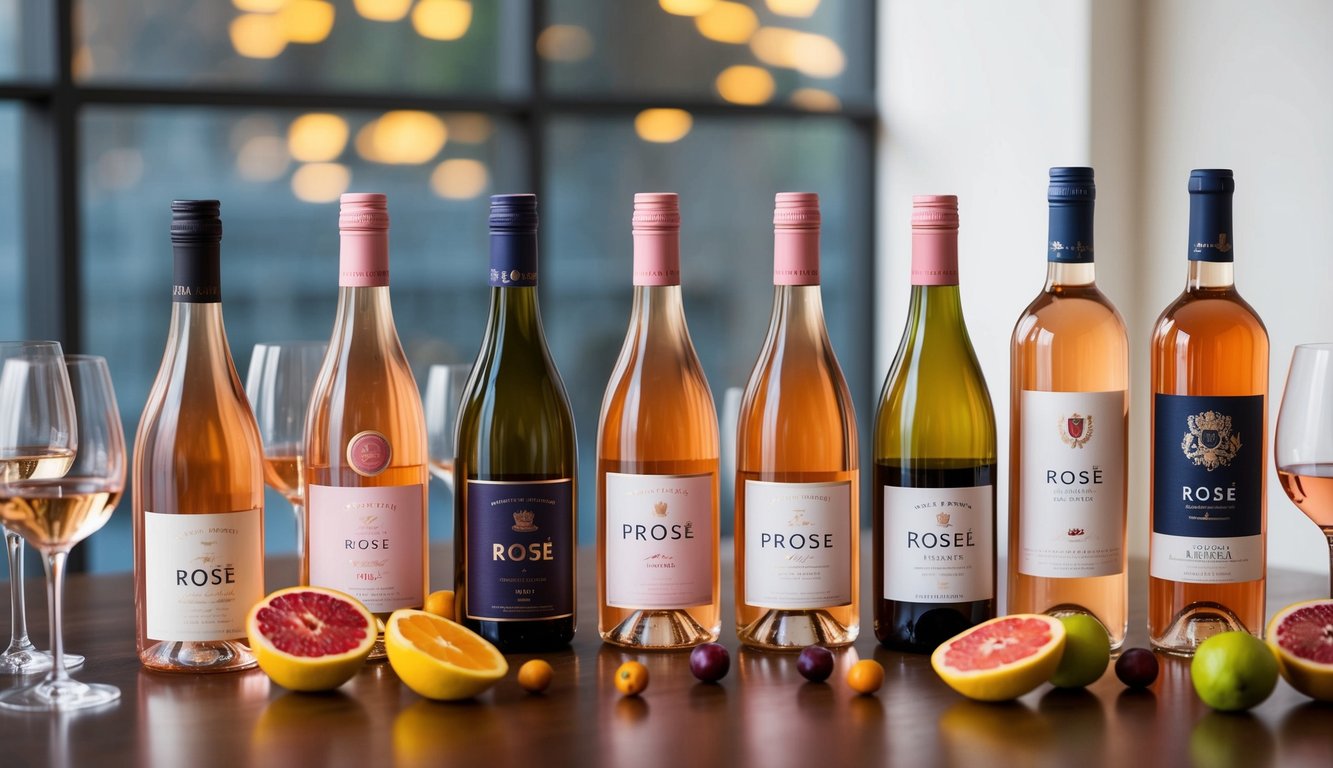
Rosé wines offer a unique blend of flavors and visual appeal. Their taste profiles range from sweet to bone-dry, while their colors span from pale pink to deep salmon. These factors greatly influence your enjoyment of rosé.
Flavor Profiles
Rosé wines can taste fruity, floral, or even savory. You’ll often find notes of strawberry, watermelon, and citrus. Some rosés have hints of herbs or minerality.
Dry rosés are popular and refreshing. They pair well with many foods. Sweet rosés offer a fruity punch that’s great for sipping.
The grape variety affects the flavor. For example, Grenache rosés tend to be light and fruity. You might taste red berries and a bit of spice.
Rosé’s acidity adds to its crisp taste. This makes it perfect for warm weather drinking.
Color Variations
Rosé wine colors can range from very light pink to almost red. The shade depends on how long the grape skins touch the juice.
Pale pink rosés are often drier and more delicate. This style is common in many Provence rosés. These wines are known for their light color and fresh taste.
Deeper colored rosés might have more intense flavors. They can be sweet or dry. The color doesn’t always indicate sweetness level.
Some rosés have a salmon or orange tint. This can come from the grape type used or winemaking methods.
You can find sparkling rosés too. These add bubbles to the mix, creating a festive drink option.
